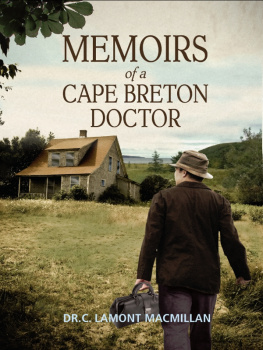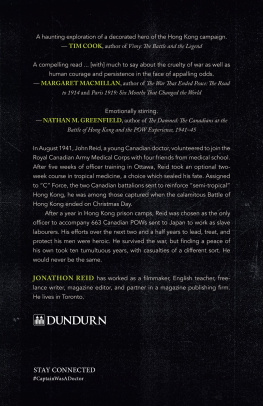Photographs used by permission, from the collections of Mildred Grant Gray Family; Lillian and Kathy Harriss Family; Rising Tide Expeditions (www.risingtideexpeditions.com); Jocelyn Bethune; Aerial Photograph of Gabarus Village by Warren Gordon Photographic http://gordonphoto.com; Nova Scotia Archives: Gabarus. Red Cross Caravan, 6 August 1920; NSA, Helen Creighton fonds, Album 12 no. 68; Beaton Institute: Beryl Markhams Plane. 1936. Photographer Unknown. Item Number 89-1216-19390. Beaton Institute, Cape Breton University; Ice Boat, Second Lake Gabarus. 1942. Photographer Unknown. Item Number 89-1216-19424. Beaton Institute, Cape Breton University; Grant Property-Waiting for Mailman. 1944. Photographer Unknown. Item Number 89-1216-19407. Beaton Institute, Cape Breton University; Shipwreck of Iceland II in Fourchu. February 26, 1967 Photo by Abbass, Used with permission from Abbass Studios; Shipwreck of Marshall Frank. February 18, 1949. Photo by Vince Riley. From Cape Breton Post.
Poem on dedication page is reprinted with permission from Many Rivers Press, www.davidwhyte.com. David Whyte, Looking Back At Night, Where Many Rivers Meet 1996 Many Rivers Press, Langley, Washington.
Drawings of two-masted schooner and shallop by Benjamin B. Schwartz
Map of Gabarus Village by David Fitzsimmons
Copyright Claire E. Scheuren, 2013
All Rights Reserved
The author has made every effort to locate and contact all of the holders of copyright to material in this book.
Printed in the United States of America
Library of Congress Cataloguein-Publication Data
Gray, Mildred Reid Grant Gray 1920
Scheuren, Claire E. 1947-
Bringing Out The Untold Life: Recollections of Mildred Reid Grant Gray Related to Claire E. Scheuren
Highlights of Gabarus History by Claire E. Scheuren|
Includes Introduction, Highlights of Gabarus History and Bibliographical References
ISBN # 978-0-9796921-1-6 (pbk.)
ISBN # 978-0-9796921-3-0 (hc.)
ISBN # 978-0-9796921-2-3 (ebook)
Mildred Reid Grant Gray (Canada) Oral History
1. Gabarus, Cape Breton, Nova Scotia-History
2. Cape Breton folklore
Book design and Gabarus and area maps by Carla Turco
First Edition
Dedicated to the noble citizens of Gabarus, past and present.
Now, by the small body of my sleeping son
the hidden river in my chest flows with his
and I time my speech to the rhythm of his breath
joining my night with his, singing his night song
as if those waters underground
were secret rivers washing through the soul,
bringing out the untold life
which is the stream hell join in growing old,
in silent hours when his sureness
of his self recedes. There hell find
the rest between the solid notes
that makes the song worthwhile...
David Whyte
Introduction
Mildred Gray is acknowledged as the last surviving government-employed Morse Code operator and one of the last surviving manual switchboard operators in the Canadian Maritime provinces. From the 1940s through the 1970s, Mrs. Gray was a one-woman 911, information and referral service, spiritual advisor, and companion to people giving birth and people dying. Now we need multiple institutions to do what Mrs. Gray and the other telegraph and switchboard operators did. Currently, Mrs. Gray resides in her lifetime home of Gabarus Village on Cape Breton Island in Nova Scotia, Canada where she is a direct descendant of its 18th century European settlers.
Bringing Out The Untold Life: Recollections of Mildred Reid Grant Gray presents Mrs. Grays recollections of events and experiences over the nine decades of her life. This book contains her oral history, my verbatim notes of over two hundred conversations with Mildred Gray who is my neighbor and friend. Maps and numerous historic and family photographs are also included.
Mrs. Gray has an extraordinary memory for detail. How many of us can cite the birthdates of our great-grandparents? Her detailed recollections bring us close to seeing the poignant simplicity of another time. I hope that details in this book will be enjoyed by Mrs. Gray and her family and neighbors, community historians, ethnographers and anthropologists and other scholars of civic life, communication, Cape Breton and Canadian history. Mrs. Grays recollections show a significant system of meanings in the lives of a very special cultural group.
Mrs. Grays personal story reflects the character and culture of the Gabarus community and the neighboring communities of Fourchu, Framboise, and Gabarus Lake. At one level this is a personal and family history with dates and details that may not appear to be relevant or interesting to people who live outside the immediate area. But when we look deeper we see the universal human stories of families striving to survive and thrive in difficult conditions. We see how shared experience can bring out the best in people. We see the flow of history and both the development and the retreat of population and local commerce. Overall, community abides, and the citizens of Gabarus remain uncommonly unified in their expression of caring, authentic hospitality and service to each other.
Advocates for world peace may also take heed. No community is without conflict and disagreement, but in Gabarus, difficulties are more readily addressed and absorbed in an ocean of community goodwill. The emotionally embedded proscription against back biting and gossip has fostered healthier, more functional, relationships over the generations and centuries.
Gabarus is a place both beautiful and real. The windswept rocky shore contrasts with the warmth of community. As Mrs. Gray points out, the old values still live here. Wherever you live in the world, you can learn about how to live a good life by following the story of Mrs. Gray and her community of Gabarus in guiding us all to be useful, compassionate and honorable. You will see that Mrs. Gray and her family and neighbors, whether they are Methodist or not, live by John Wesleys directive to Do all the good you can. By all the means you can As long as ever you can!
Sound idyllic? It is. In Gabarus, there is something perfectly wonderful about the sameness of simple things, the changing character and color of the sea, birds and boats to watch, companionable neighbors who go about their lives outside your windows, but can always be called upon for a cup of tea, a kind word, or any kind of practical assistance.
This is the story of a fine woman and her family who live in the near 300-year-old historic and beautiful fishing village of Gabarus, on the east coast of Cape Breton Island in Nova Scotia, Canada, described in a recent news story in the Toronto Globe and Mail as a postcard-perfect slice of seaside Canadiana.1













